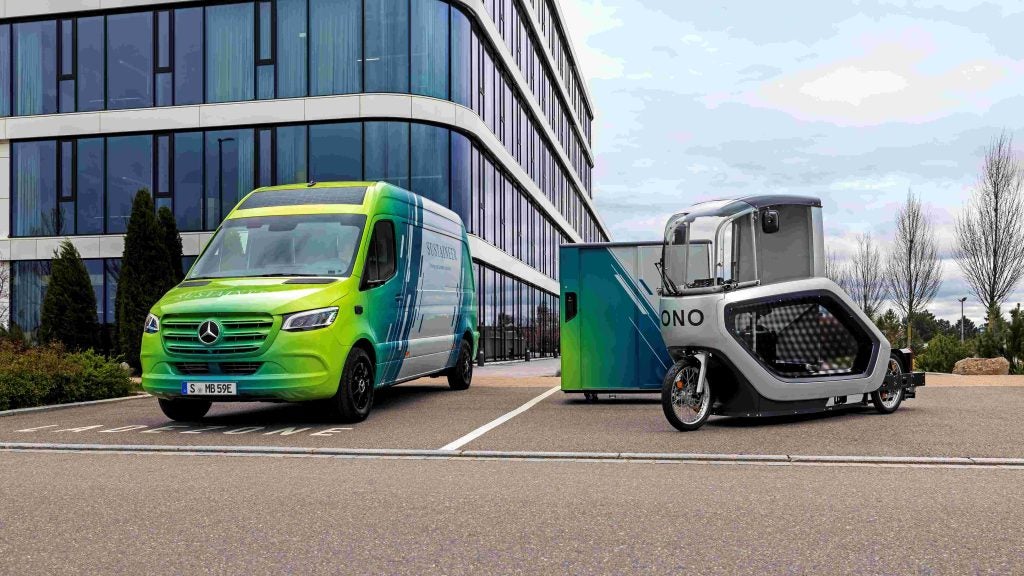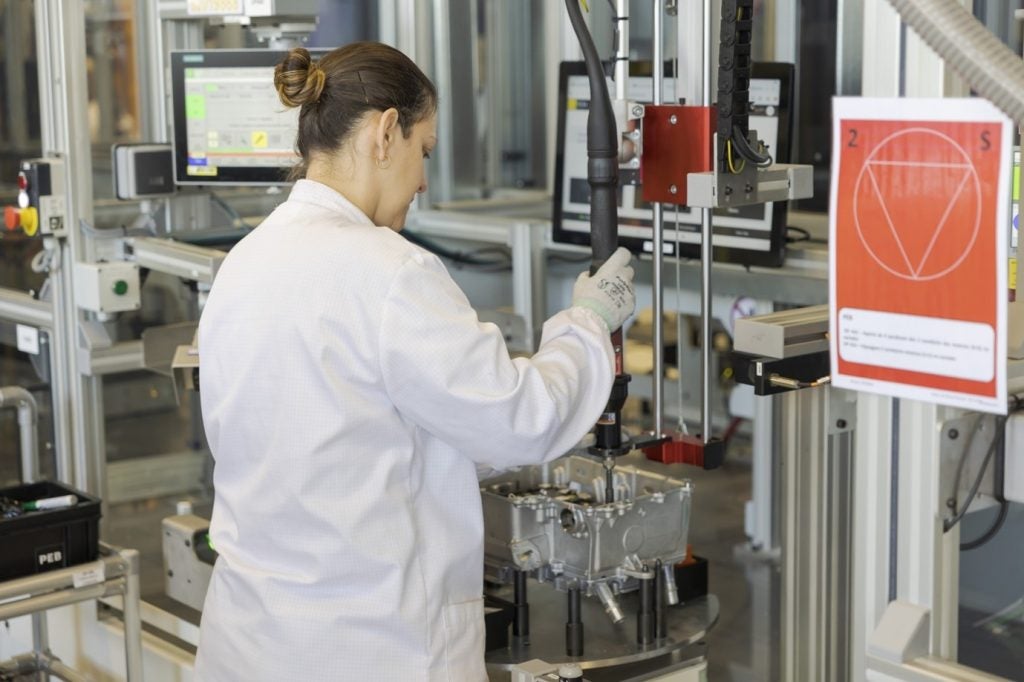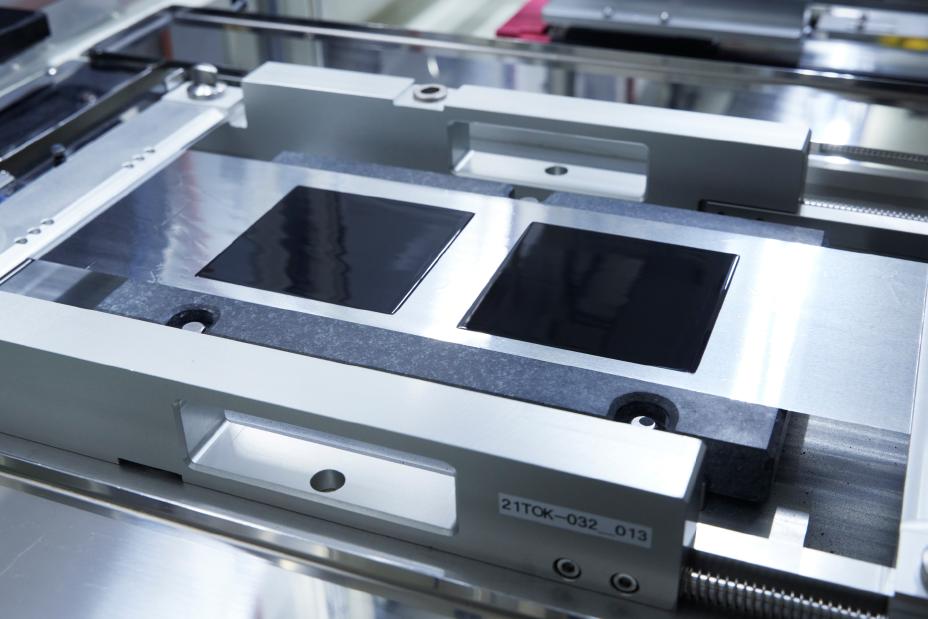The media preview days may have come and gone but the Sao Paulo motor show is still open to the public (until 4 November) and, this year, turned an important page of its history by truly becoming part of the global launch circuit.
At previous shows, apart from local debuts, visitors might have, in even numbered years, seen a few new models launched a little earlier in Paris but, otherwise, most of what we got here was largely ‘reheated’ and of little interest outside Brazil.
That started to change this year, however. For a start, four of the top brass, and I mean top brass, from General Motors, Honda, Jaguar Land Rover and Volkswagen all showed up.
Volkswagen held the world debut for its Taigun ‘concept’ compact sport utility built on the Up! architecture and all but confirmed it would be built by 2014 both here – at the automaker’s Taubaté plant – and in other countries. Much like the rival Ford EcoBoost began only in Brazil and, with the second generation, is now rolling out as a global product built in multiple factories.
Another important new launch, the compact Chevrolet Onix (in showrooms immediately) is likely to be produced in a southeast Asia country (not China). It is on the same locally designed global small vehicle architecture as the Sonic, Cobalt and Spin.
See Also:
Ford could have kept the updated Fiesta sedan for Los Angeles next month but instead showed it in Sao Paulo after the hatchback was unveiled in Paris following its early-September, media-only preview in Amsterdam. Both will be built in São Bernardo do Campo, São Paulo by 2013.
How well do you really know your competitors?
Access the most comprehensive Company Profiles on the market, powered by GlobalData. Save hours of research. Gain competitive edge.

Thank you!
Your download email will arrive shortly
Not ready to buy yet? Download a free sample
We are confident about the unique quality of our Company Profiles. However, we want you to make the most beneficial decision for your business, so we offer a free sample that you can download by submitting the below form
By GlobalDataPeugeot presented the 208, as it begins a new era of aligning its South American models with more modern products from abroad (it still makes an updated variant of the 206 confusingly badged 207, for example). The out-only-five-months-in-Europe 208 starts production as early as end-December in Porto Real, Rio de Janeiro state, and sales begin in April.
The ‘207’ will remain in production, like the Fiesta Rocam, aimed at the entry-level base market as is Renault’s also-previous-model Clio which has had a mild update at São Paulo’s Renault styling centre.
The mid-size Chevrolet TraiBlazer sport utility was another launch, starting with the top LTZ version and facing a long list of rivals. Designed in Brazil (it’s a pickup truck spinoff) and launched first in Thailand seven months ago, production in São José dos Campos, São Paulo state, is starting about now.
Suzuki’s Jimny subcompact sport utility, now built in Itumbiara, Goiás, features some stylish changes made overseas four months ago.
The ‘adventurer’ trend – bog-standard hatchbacks tricked up to look like mini-offroaders but with minimal offroad ability apart from raised ride height – has increased with the Honda Fit [Jazz] Twist, the automaker’s first developed-in-Brazil model, and Hyundai’s first car made in its own local factory – the HB20X. The latter is more suited to the spirit with ground clearance increased 1.5cm/0.6in but won’t see showrooms until January.
Nissan’s Extrem is an interesting design study; a compact sport utility designed in San Diego, California, sharing the March/Micra architecture and a candidate for production in Resende, Rio de Janeiro, by the end of 2014.
Of course, there was much gossip to overhear and partake in. Everyone at the two media days was trying to extract information about the first model BMW will produce in Araquari (greater Joinville), Santa Catarina state, following lengthy negotiations with the government over its new automotive regime. The X1 SUV and 1 Series lines are possibles, the upcoming 2 Series and X2 may also make the new assembly line, just-auto reckons.
Still awaiting 100% official confirmation: the long-expected Land Rover assembly plant in Cariacica, Espírito Santo.
Another expectation is Daimler’s announcement, due at year’s end, of a new Mercedes-Benz plant. Plans call for producing both a new sport utility and possibly a four-door coupé saloon, both derivatives of the newly redsigned A-Class.
This is an inevitable decision in view of arch-rival BMW’s move to build its plant. There were rumours the Mercedes plant could be built in a Nissan complex under construction in Resende, Rio de Janeiro.
That leaves only an Audi come-back only to restore the German ‘iron trio’ and that is seen as certain, according to a well-placed industry source who requested anonymity.
The Chinese remain avid over Brazil and are doing their best to improve their cars’ styling. A highlight was the Celer from Chery, the first Chinese automaker to produce cars here, in Jacareí, São Paulo by the end of 2013.
Rival JAC has confirmed its Camaçari, Bahia plant for 2014 but did not unveil the new model aimed at the Brazilian market and successor to the current J3, although it did launch the awaited J2 subcompact.
Grupo Gandini, the Kia importer, is after an agreement with the South Korean automaker to produce its cars in Brazil. It showed off the new Cerato [aka Forte and K3] but, due to the recently hiked IPI tax, would not be able to sell fully imported cars in volume due to high pricing and would need some sort of government concession under the new auto industry plan.






